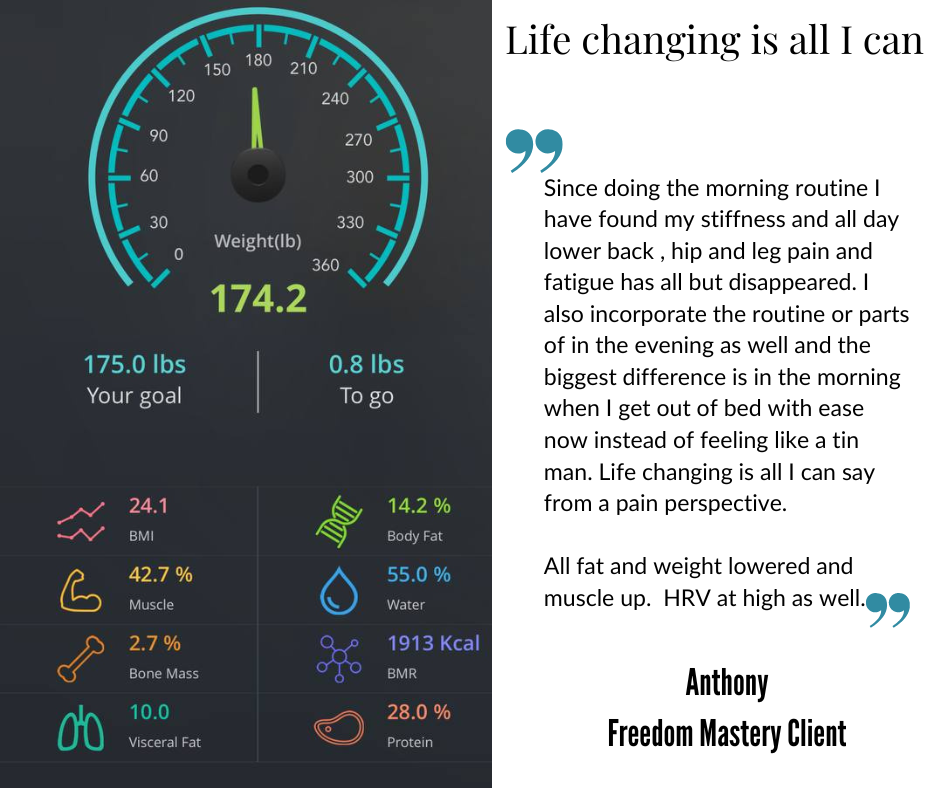A Guide to Calming Your Body for Better Sleep

In today’s fast-paced world, one of the most common struggles people face is winding down after a hectic day. You’ve checked off tasks, answered emails, and handled endless responsibilities. But when it’s finally time to relax, your mind races, your body’s on high alert, and sleep feels miles away. Here’s the truth: there’s a way to effectively calm your nervous system to enjoy a peaceful, restorative sleep, even after the busiest days.
In this guide, we’ll explore methods for quieting your mind and creating a nightly routine that sets the stage for quality sleep.
Understanding the Importance of Calming Your Nervous System
Your nervous system operates in two primary modes: fight-or-flight (sympathetic) and rest-and-digest (parasympathetic). When we’re working, stressing, or dealing with an overload of information, our bodies go into fight-or-flight mode, which can be essential at the moment but becomes a problem when you’re trying to sleep.
Shifting into rest-and-digest mode is key to winding down effectively. This shift can take time, especially when stress has been building up throughout the day. However, calming techniques that focus on activating your parasympathetic nervous system can help you make that transition smoothly.
Step 1: Start with the Breath – How to Breathe for Relaxation
One of the simplest yet most powerful tools to calm your nervous system is breathwork. Breathing connects the mind and body and gives you control over your physiological state.
Diaphragmatic Breathing (Belly Breathing)
- Sit or lie down comfortably.
- Place one hand on your chest and the other on your abdomen.
- Inhale deeply through your nose, allowing your belly to expand as you fill your lungs. Feel the hand on your abdomen rise.
- Exhale slowly through your mouth, letting your abdomen fall as you release tension.
- Repeat for 5-10 minutes.
This type of breathing is a powerful way to lower cortisol levels, the body’s stress hormone, which directly aids in calming your nervous system.
Box Breathing
Box breathing is another technique that Navy SEALs and other high-stress professionals use to stay calm and focused.
- Inhale through your nose for a count of four.
- Hold your breath for four counts.
- Exhale for four counts.
- Pause at the bottom of the breath for four counts.
- Repeat for 4-5 cycles.
Box breathing calms the nervous system and increases oxygen flow, improving focus and reducing anxiety.
Step 2: The Body Scan – Tune into Physical Sensations
Our bodies often hold onto stress in specific areas like the shoulders, neck, or lower back. Doing a body scan helps you release this tension and brings awareness to your body’s needs. Here’s how to perform an effective body scan:
- Close your eyes and take a deep breath.
- Start from the top of your head and slowly move your attention downward, noticing any tension or discomfort.
- Visualize releasing the tension as you exhale, letting each body part relax more deeply as you go.
- Continue down to your toes, focusing on tight or uncomfortable areas.
As you practice this regularly, you’ll notice tension spots more easily and be able to release stress before it builds up to a disruptive level.

Step 3: Use a Percussion Tool to Soothe Muscle Tension
If you’re looking for a deeper, more hands-on approach to relaxing, consider using a percussion massager like a Theragun. When used lightly, these tools help soothe your muscles and provide a gentle vibration that encourages relaxation.
Here’s how to use a percussion tool effectively:
- Start with the soles of your feet, using light, rhythmic pressure to release tension.
- Slowly move up your calves, avoiding any sore spots to keep the sensation light and soothing.
- Work your way up your legs, across your shoulders, and down your arms.
- Focus on areas that tend to accumulate stress, such as the shoulders and lower back.
Remember, the goal here isn’t to release muscle knots but to use light pressure to create a rhythmic, relaxing sensation. This tactile approach pulls you into your body, helping quiet your mind by focusing on the physical.
Step 4: Visualize Relaxation with Reflexology
For an added benefit, combine your relaxation practice with reflexology. Reflexology is an ancient method that links various body parts to specific areas on the feet and hands. Even if you’re not a reflexology expert, gently massaging your feet can stimulate relaxation.
- Focus on the arches of your feet for digestive support and the ball of the foot for lung and heart support.
- Visualize tension and stress melting away as you apply gentle pressure to these areas.
- For added benefit, use a calming essential oil, like lavender or eucalyptus, as you massage.
These visualization techniques help increase blood flow and bring energy to your nervous system, promoting a peaceful state before bed.
Step 5: Set Up a Sleep-Ready Environment
Your surroundings play a huge role in how well you sleep. Here’s how to make your bedroom a haven for relaxation:
- Dim the lights at least 30 minutes before bedtime.
- Use a white noise machine or calming music to block out disruptive sounds.
- Avoid screens in the hour before bed, as the blue light from devices can interfere with melatonin production.
- Set your room temperature between 60-67°F, as a more relaxed environment encourages more profound sleep.
Step 6: The Importance of a Nightly Ritual
Building a nightly ritual helps signal your body that it’s time to unwind. Simple routines, like a warm shower, reading a book, or journaling, help your body make the mental switch to sleep.
- Set a bedtime and stick to it as consistently as possible.
- Add relaxing activities to your evening, like meditation, light stretching, or gentle yoga poses.
- Limit stimulating activities at least one hour before bed.
Training your body with this ritual reinforces the sleep-wake cycle, helping your body release melatonin naturally.

Step 7: Visualization – Releasing Your Mind
One of the most powerful ways to quiet your mind is through visualization. Guided imagery can help you detach from your thoughts and focus on a peaceful mental landscape.
- Close your eyes and imagine a calm, peaceful place, like a beach or a quiet forest.
- Visualize this place’s sights, sounds, and smells, immersing yourself in the experience.
- Let your thoughts float away, imagining any lingering worries being carried off with the waves or wind.
When you visualize a serene setting, your senses are engaged, which can naturally quiet your mind and create the ideal conditions for sleep.
Make Calming Your Nervous System a Priority
Remember, calming your nervous system doesn’t just help you sleep better—it promotes overall well-being, lowers stress, and enables you to approach each day with a clearer mind. These techniques may take some practice, but by creating a routine that prioritizes relaxation, you’ll experience a positive shift in your sleep quality and mental clarity.
Our method has been tested




© 2021 All Rights Reserved.
